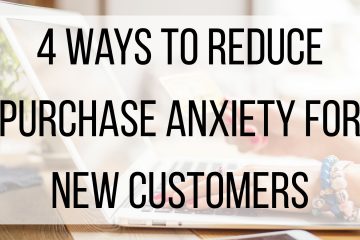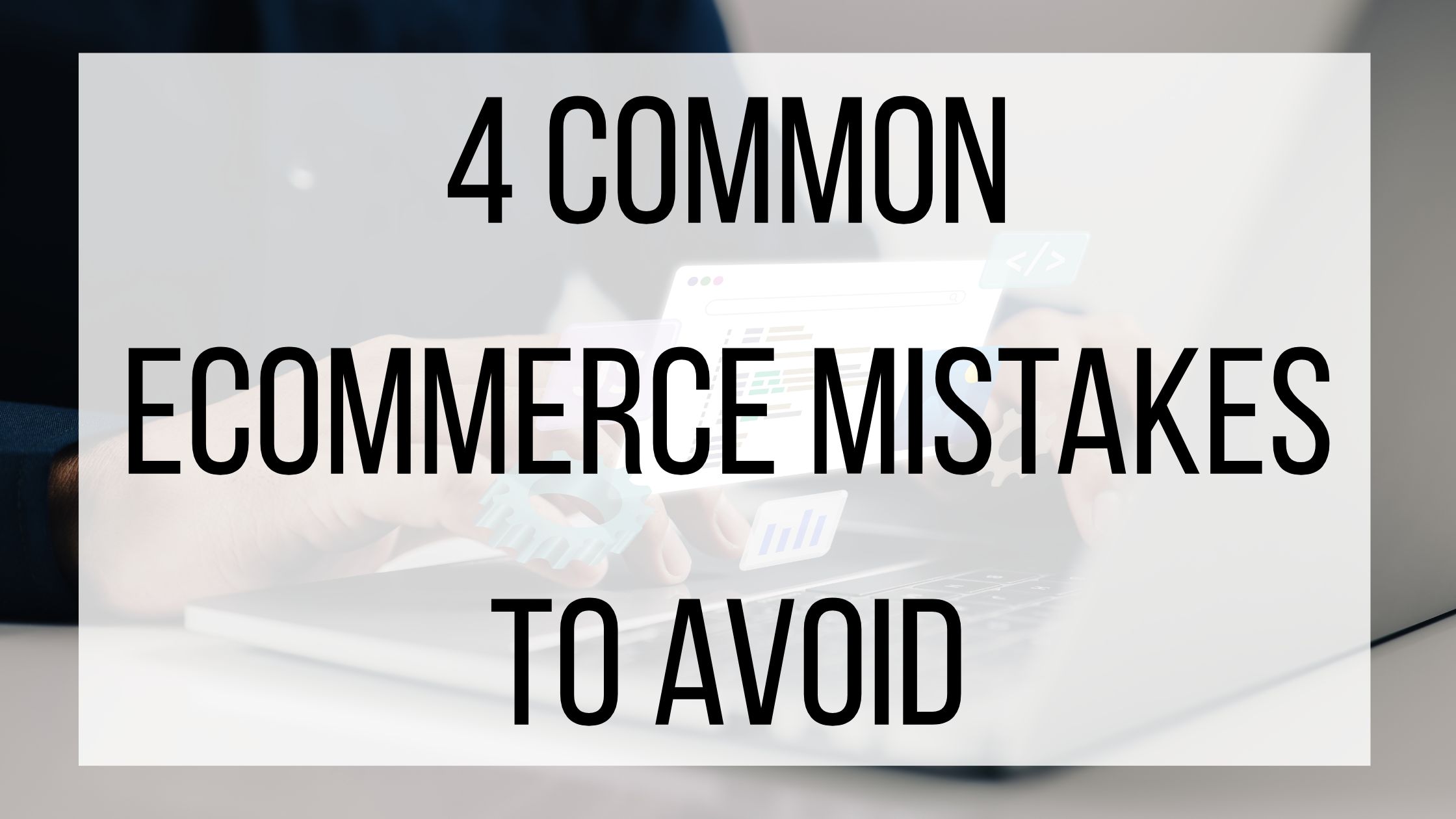A Guide To A/B Testing

When markers are creating new content, it is easy to rely on intuition as well as what has worked in the past. Whether it’s a new landing page, call-to-action buttons, or an email, we often feel as though we know what our customers like. Rather than relying on your gut feeling, running an A/B test can be immensely helpful in learning what your customers currently like.
What Is A/B Testing?
A/B testing, sometimes referred to as “split testing”, is a method that involves testing two different variables between your audience to determine which performs better. To run an A/B test, you need to create two versions of your content and show part A to one half of your audience and part B to the other half. This allows you to fine-tune smaller details, generate more revenue, and build the best version of your website and social media.
How Do I Use A/B Testing?
Before setting up the A/B tests, first, decide on one variable. Although you might have several that you want to test, you will get your best results by starting with one variable at a time. Variables might include but are not limited to, using different colors, email subject lines, wording, layouts, or call-to-actions. Remember that even the most simple changes can drive much bigger results.
Next, set your goal. What primary metric are you going to focus on? Where do you expect your variable to be at the end of the test? How do you think your users will change their behavior with each variable? Take these into consideration before starting your test.
The next step is to set a control and a challenger. The control will be whatever you are testing as it is, and the challenger will be the variable that you think will outperform it. From there, set up your test so that your audience will be equally split between both A and B.
How Long Should I Run My Test?
Run your test for at least one business cycle. Ideally, run them for two business cycles to gather more consistent information. This will allow you to take into account customers who are on the fence about your product, all of the different traffic sources, and any deviations from the norm such as a weekly email or blog post.
What Should I A/B Test?
When it comes to running tests, you know your business and what you could improve better than anyone. However, it never hurts to get fresh ideas, so look into some of the most popular A/B test subjects. First, consider testing your navigation. Customers are probably going to be coming to your site for something specific, so make it as easy as possible for them to find. Another popular A/B test is your website’s landing page. The landing page will be the first thing that customers see, so running tests on this can be extremely helpful to ensure that it is the best it can be. Product pages, checkout pages, and color schemes are also among the most common things to test.
There are an infinite number of things that you can choose to A/B test. Look at what could use a refresh, from things as big as your landing page to as small as a new color. Running these test can make a big impact on your sales and customer retention, use these tips and get started! Have you ever run an A/B test before? What did you find the most helpful? Let us know in the comments!


